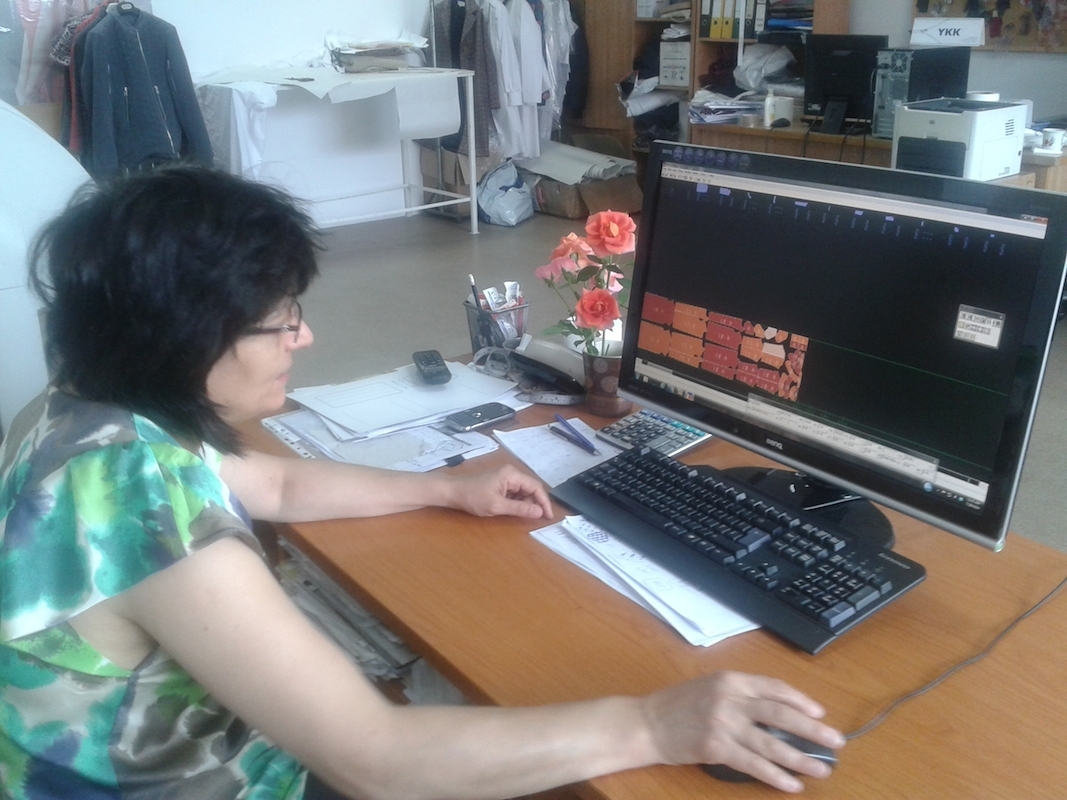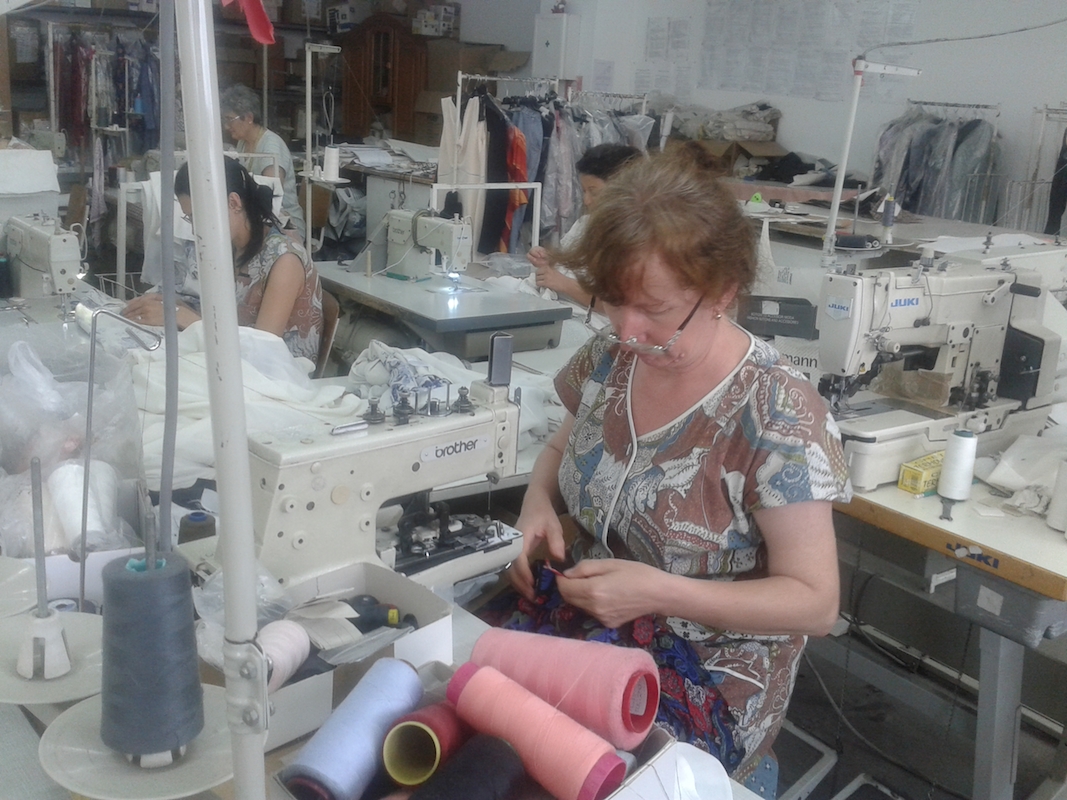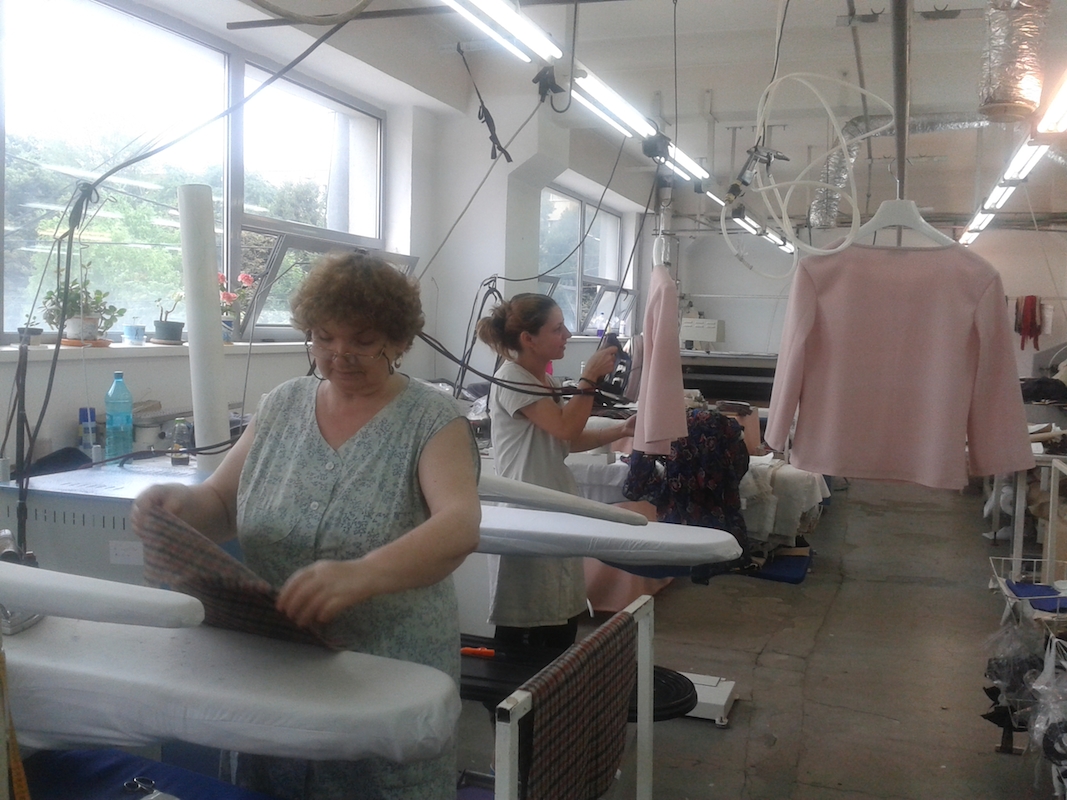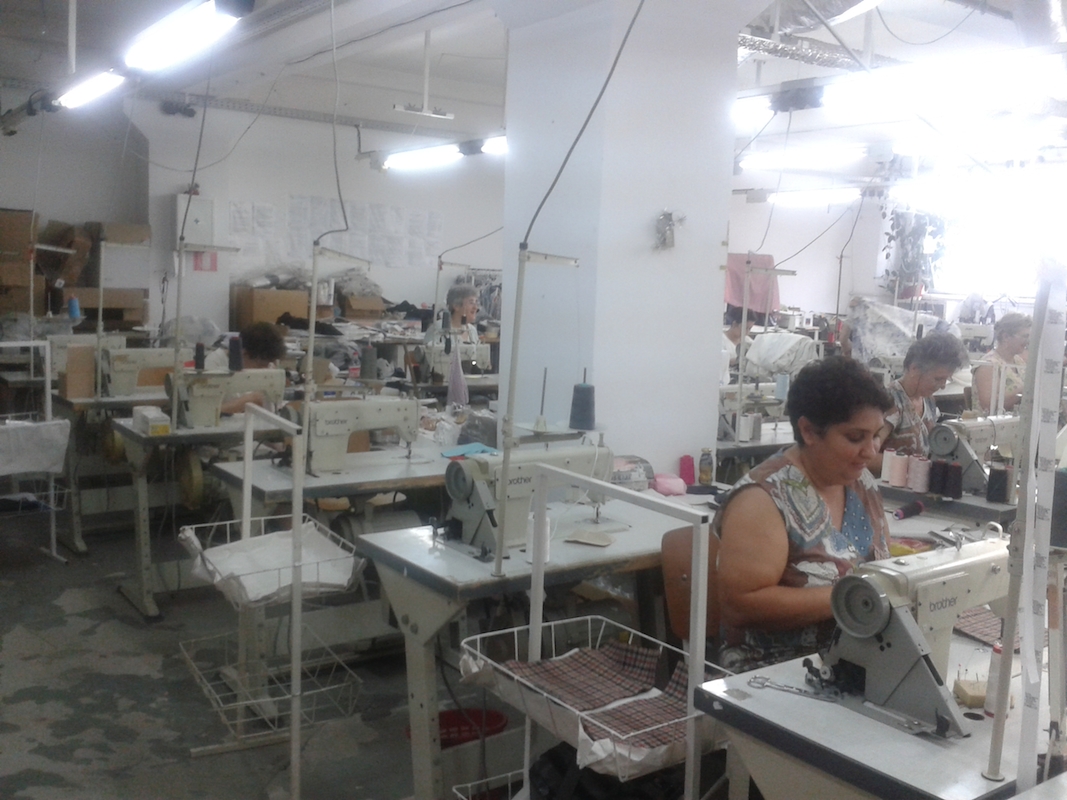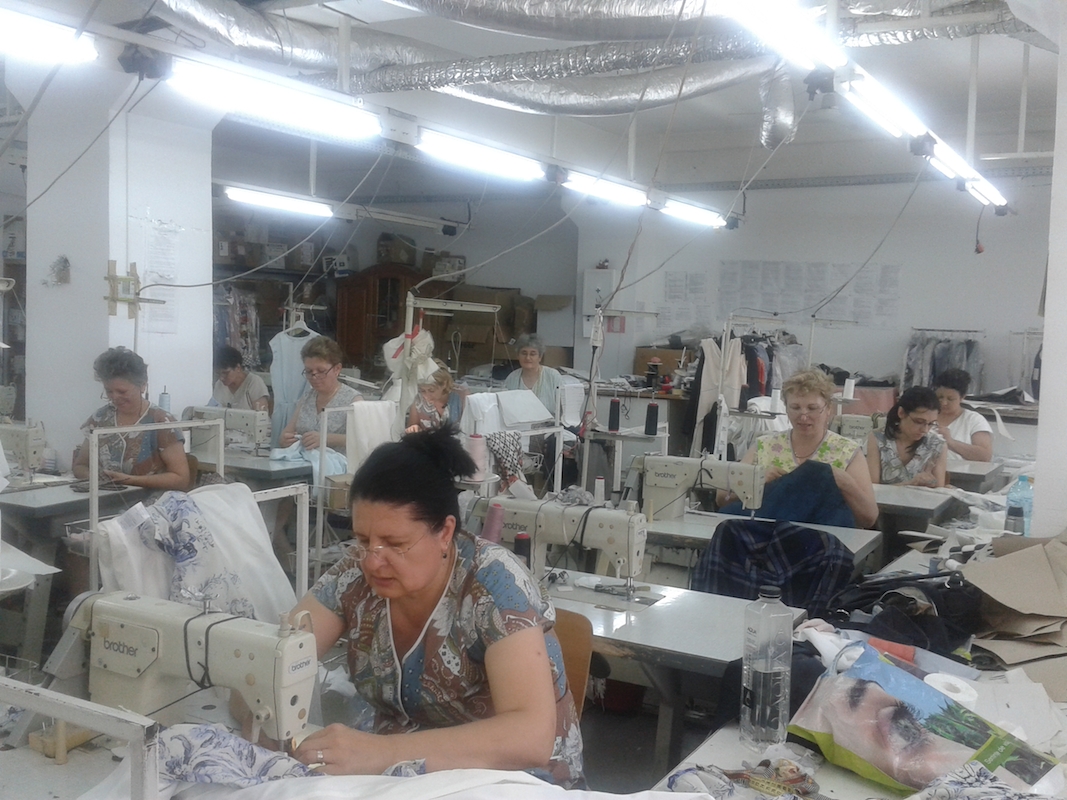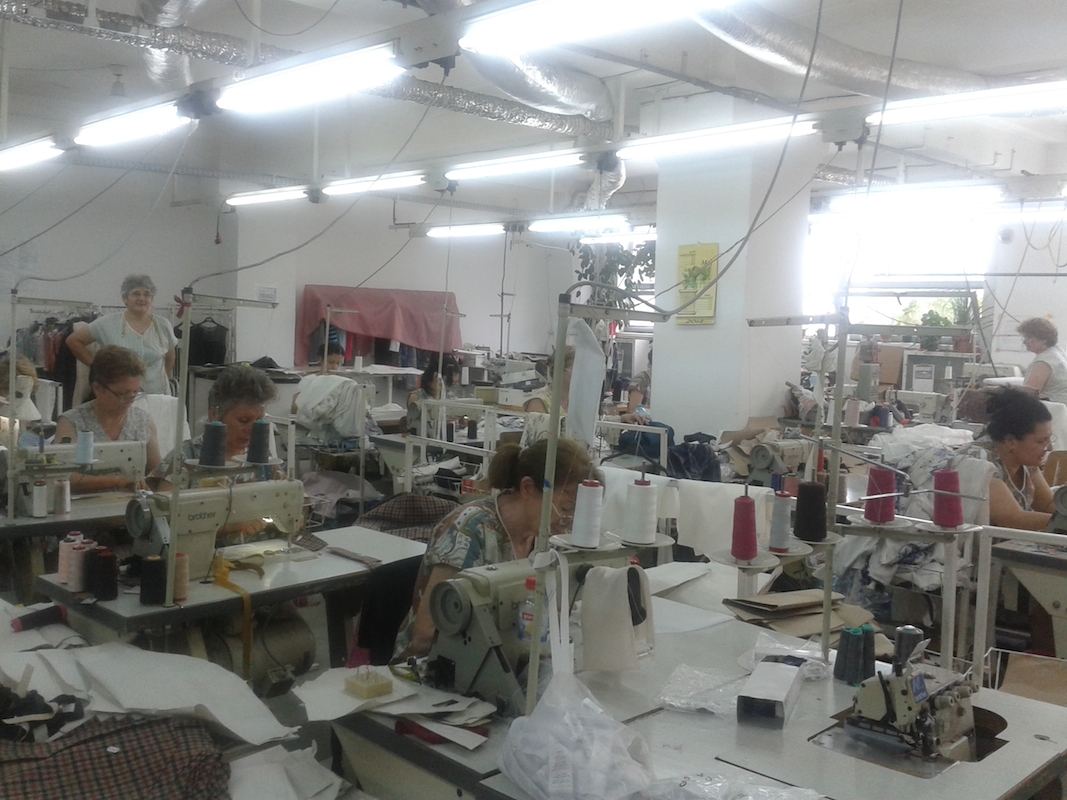“Fashion is not something that exists in dresses only. Fashion is in the sky, in the street, fashion has to do with ideas, the way we live, what is happening.”
Fashion is a polarized industry. Subsectors that alienate parts of the community through stigmatizing language or seemingly foreign concepts have stagnated change. Sustainable advocates are out at one end, and high-tech engineers at the other end. In the middle are the companies that were established without leaning towards one or the other of these poles, but should consider both as they move forward. Although there is a disparity between the discussion of Fashion and Tech and the discussion of Sustainable Fashion, two separate communities, two separate vocabularies, two separate futures, from where I stand, the two are actually very much in line.
Both fashion tech and responsible fashion are complete with early adopters, skeptics, and campaigns for change. In both cases, the supply is out of sync with the demand. Eco fashion carries a stigma that alienates a large portion of the audience, and fashion houses hesitate to implement what can be high investment change in that direction. High-tech fashion in the product category hasn’t proved useful to the general public, and the fashion industry has adopted tech into their brand experience largely as novelty rather than internalizing it.
The concepts being discussed across all factions of the industry are in sync, it is the distinctive vocabularies that maintain the divide between them. Once we are able to change the narrative from subjective beliefs to measurable behavior, it will become clear that we all want the same thing: a thriving industry that can access new channels for growth, and then sustain itself. Responsible choices and technology can help on both counts.
Some brands have chosen to experiment with one or the other, but might find they are doing both:
It seems to me that there are many ways in which the two are mutually supportive and can build an audience based on combining their values. Fashion of the future is fashion with a conscience. Technology can answer so many questions in the ethics of the manufacturing and distribution, and both ethically conscious transformations and technological disruption offer opportunity for great change through which values can be rewritten and rebuilt upon.
Technology can help through commerce platforms – Bonobos, for example, can sell lower price and better quality and create amazing customer experience by eliminating the middleman between wholesaler and consumer– mechanical innovation – Recycling, for example, is becoming more advanced in the textile industry – and transparency – the Sustainable Apparel Coalition is proposing a QR bar code system that will detail the provenance of garments.
As a larger community, we are already in line with both of these two movements:
Without thinking about it, we all use technology everyday in ways that are unintimidating, and enhance our experiences. Fashion brands are being outpaced by companies coming from the tech world, which are disrupting the industry particularly through distribution channels and eventually in wearable tech. Consumers are growing accustomed to keeping up with these innovations, which are all conceived in answer to perceived consumer demand. Fashion design houses are finding they are limited in growth, unable to achieve the big brand scale of Ralph Lauren/Louis Vuitton. Fashion brands should be aware that technology offers new possibilities for business growth and scalability not limited to product but inclusive of service and experience.
Escaping the stigma of ethical fashion is also a question of changing the narrative. The mentality that the ethical fashion movement is trying to espouse is actually how just about half of the population shops without considering it responsible shopping: Men. If we use different narratives to bring understanding of what is means to shop responsibly, you might be surprised to realize you do this already. In this recent sustainable fashion discussion, we discussed that men already approach fashion as an investment, spending more and buying less. It might because they don’t like shopping and want to go as little as possible, but that in itself is a win against waste.
There are also many women who, like myself, begin adopting standard looks that require less inventory and more focus. Before I was aware of the dimensionality of sustainable fashion, I never considered myself an advocate. My choices were made based on my own desire to pare down, and settling into my own sense style. It’s a level of maturity that could be encouraged in shoppers that is completely outside of the lexicon of the sustainable fashion movement, but in which we find many of the same values.
As Coco Chanel states: “Fashion is not something that exists in dresses only. Fashion is in the sky, in the street, fashion has to do with ideas, the way we live, what is happening.” Fashion is “of the moment,” and just as cultural shifts happen over time, adaptation in the most complete sense, that is from both supplier and consumer, won’t happen right away, but these movements are fashion nonetheless. Eventually conscious consumption will be a no-brainer, and fashion companies will adapt to agility in technology or be replaced. Everyone will do it, it will be the norm, and we won’t need to classify it with imperfect words.
The best way to demonstrate that a movement is happening is to show individuals that they have already adopted the movement without realizing it, without overthinking it, and without identifying with a group because of that choice. This is happening right now in fashion technology and sustainable fashion. No one needs to be singled out for their choices, because both poles are joining together to create one common definition of fashion. That is the fashion of the future.




